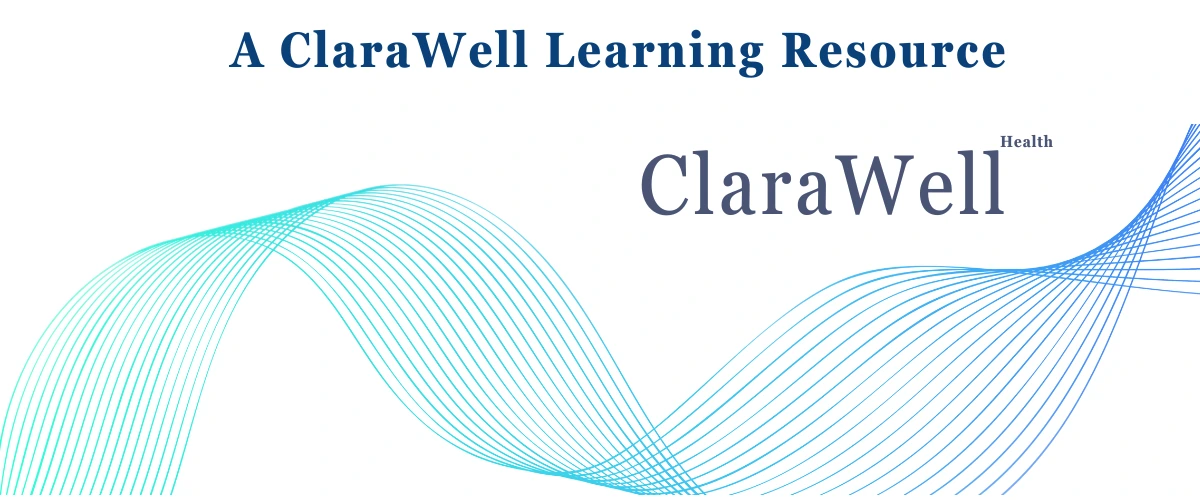Learn with ClaraWell
Types of Insomnia

Types of Insomnia
Types of Insomnia
Not all insomnia looks the same. Some people can’t fall asleep. Others wake up often—or far too early. The causes vary, and so do the patterns. These cards explain the most common types of insomnia to help you understand your experience more clearly.
If you’re starting to notice changes in your sleep or nighttime patterns, ClaraWell™ offers a helpful free insomnia screener to help you gain clarity and insight.
🕰️ Acute vs. Chronic Insomnia
Acute insomnia is short-term. It might last days or a few weeks—often triggered by stress, travel, or change. Chronic insomnia lasts three months or longer and tends to repeat over time. Both are valid and can affect daily life.
⏳ Sleep-Onset Insomnia
This type makes it hard to fall asleep. Your body may be tired, but your brain stays busy. It’s often linked to anxiety, stress, or overstimulation late in the day.
🌙 Sleep-Maintenance Insomnia
This refers to waking up in the middle of the night—and having trouble falling back asleep. It can leave you feeling like your rest was broken into pieces, even if you were in bed for hours.
🌅 Early-Morning Awakening
You fall asleep just fine—but wake up too early and can’t get back to sleep. This pattern is sometimes connected to mood disorders, hormonal shifts, or sleep drive timing.
🧩 Primary vs. Secondary Insomnia
Primary insomnia stands on its own. Secondary insomnia is caused by something else—like pain, medication, or a health condition. Many people experience both over time.
🔗 Comorbid Insomnia
This type happens alongside another condition—like depression, anxiety, ADHD, or chronic illness. The insomnia and the condition can fuel each other, making sleep recovery more complex. Learn more about anxiety and insomnia.
👶 Behavioral Insomnia
This often shows up in children and teens—but adults experience it too. It’s linked to learned sleep patterns, bedtime resistance, or an overreliance on conditions (like screens or specific rituals) that make independent sleep difficult.
🔄 Mixed-Pattern Insomnia
Some people experience more than one type of insomnia—difficulty falling asleep, plus early waking, or broken sleep throughout the night. The pattern may shift from week to week or even night to night. In some cases, circadian rhythm issues play a role.
📆 Transient Insomnia
This is short-lived and usually tied to a temporary stressor, event, or change in routine. If it’s happening more than occasionally, though, it may point to something deeper worth addressing.
📉 Why Your “Type” Can Shift Over Time
Insomnia isn’t fixed. Your pattern can evolve with age, life stage, stress levels, or health changes. What matters most is understanding your current experience—and giving yourself permission to adjust and adapt as needed.
Curious if your sleep struggles might be a sign of insomnia? ClaraWell’s free screener helps assess your risk and gives clarity around common patterns.
Take the Insomnia Risk Screener